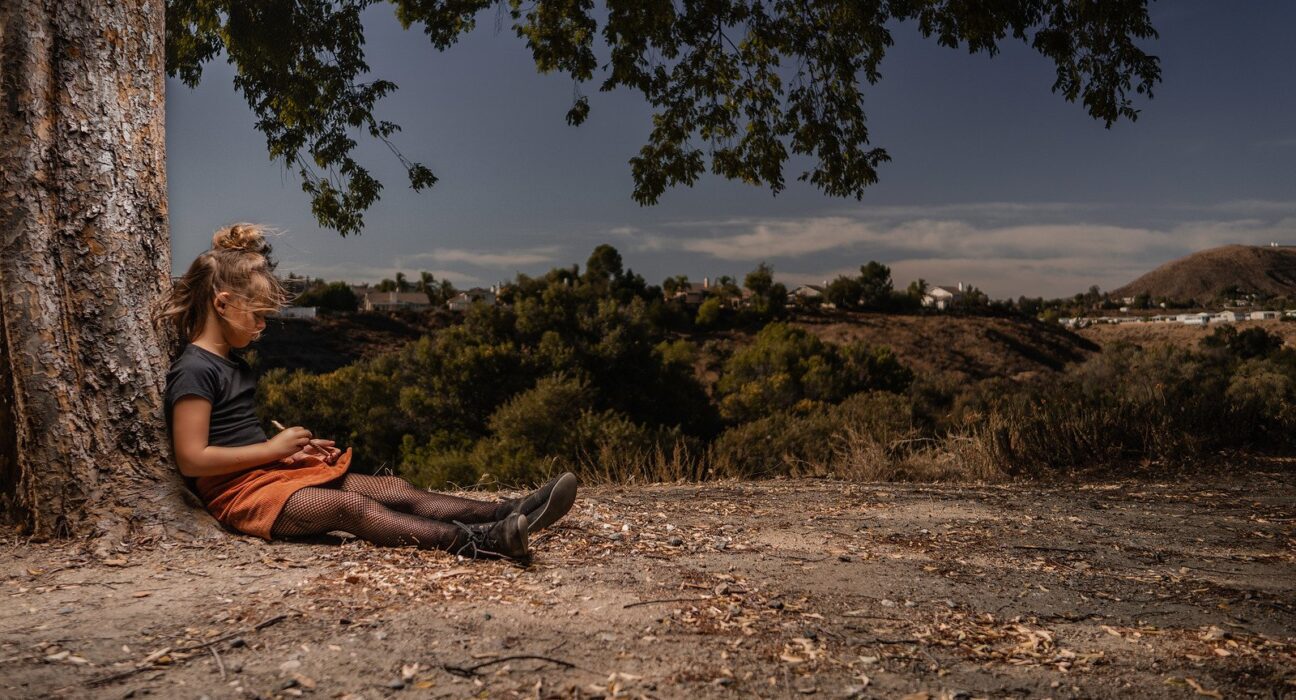Travelling is all about taking risks, and that includes when you’re travelling alone as a woman. It’s not only of important to plan your journey, but also to find the safest places to stay and eat. In this article, Travel Guide for Solo Female Travellers outlines the main safety guidelines they follow while they are visiting Rajasthan.
Rajasthan: The Perfect Destination for Female Travellers
If you’re a solo female traveller planning to travel to Rajasthan, there’s no need to worry – Rajasthan is the perfect destination for you! With its picturesque villages and stunning palaces, Rajasthan is a land of beauty and history, perfect for exploring on your own. Here are some tips to help make your stay in Rajasthan hassle-free: 1. Make sure to pack plenty of sunscreen – Rajasthan is a sunny state, and the beaches along the coast are perfect for a day at the beach. However, be prepared for intense sunburn if you don’t wear sunscreen everyday. 2. Bring a good book – Whether you’re looking to relax by reading a good book in bed at night or taking in some local culture by visiting one of the many museums in Rajasthan, having something to read will be much appreciated. 3. Plan ahead – A lot of things in Rajasthan are − as the locals say − “shadi kari” (meaning “time-consuming”). Make sure to plan your trip well in advance so that you can get the most out of your time there. 4. Be aware of your
Safety in Rajasthan
Safety in Rajasthan is one of the key concerns for solo female travellers. Travellers should always take precautions to stay safe, including staying aware of their surroundings and avoiding walking alone at night. In addition, it is important to be aware of local customs and practices when travelling in Rajasthan.
How to Stay Safe as a Solo Female Traveler
Traveling as a solo female can be nerve-wracking, but with a little preparation and awareness, you can make it a safe and enjoyable experience. Here are some tips to stay safe while traveling solo: 1. Plan your trip thoroughly. Make sure you know the basics about the destination you’re visiting, such as the language and currency. This will help you avoid common tourist traps and save you time and money. 2. Always take basic safety precautions. Make sure to keep your passport and other ID documents safe, avoid walking alone at night, and stay aware of your surroundings. If something feels off, always reach for your phone or go to a nearby hotel or guesthouse for help. 3. Be aware of your body language. When traveling solo, it’s important to be aware of how you’re presenting yourself to the world around you. Avoid being too open or friendly with strangers, and keep your conversations low-key. If something feels unsafe or out of place, reach for your phone or leave the area quickly. 4. Know your rights as a traveler. As a solo female traveler, it’s important to know your rights when it comes to travel safety and accommodation
When to Go in Rajasthan
There is no definitive answer to this question as timing will depend on a number of factors including the time of year, what you’re interested in seeing, and your budget. However, generally speaking Rajasthan can be visited any time of year but there are certain times when it’s especially beautiful. Spring is a great time to explore the city of Jaipur and experience the blooming flowers and warm weather. Summer is perfect for visiting smaller villages and scoping out scenic beaches. Autumn brings cooler temperatures, more vibrant colors, and the chance to see the harvest season in full swing. Winter is definitely not off limits – Rajasthan is home to some of India’s most picturesque snow-capped mountains – but it can be colder and less touristy so it’s worth considering if that’s your thing. Whatever time of year you choose to visit Rajasthan, be sure to pack layers! Temperatures can change dramatically from day to night and especially from hour to hour so always be prepared for anything. Finally, one thing to keep in mind when travelling in Rajasthan is that culture is very important here. Respect local customs and traditions by wearing modest clothes when visiting religious sites or villages and







